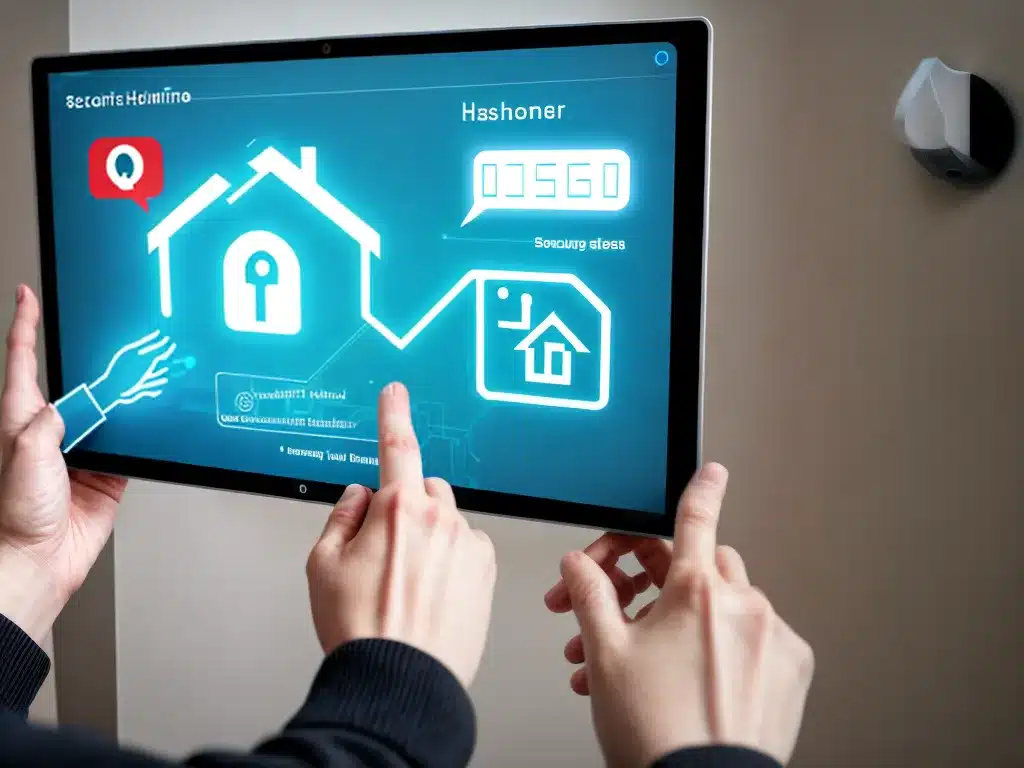
Security Vulnerabilities In Smart Home Devices: How Hackers Can Access Your Data
Introduction
The convenience offered by smart home devices comes with significant risks. As I connect more Internet of Things (IoT) devices to my home network, I open myself up to potential cyber attacks. Hackers can exploit vulnerabilities in smart home gadgets to steal personal data, spy on me, or even take control of my devices. In this article, I will explore common security flaws in popular IoT devices and how malicious actors can leverage them to access my private information. With an understanding of these risks, I hope to make better choices to protect my smart home.
Weak Default Passwords
One of the most basic security issues facing smart home devices is manufacturers setting weak default passwords that are easy for hackers to guess. For instance, many security cameras come out of the box with simple passwords like “admin” or “1234”. If I do not change these to unique and complex passcodes, anyone can easily log into my devices.
Hackers often take advantage of published lists of common default passwords to break into thousands of insecure devices. Once in, they can view private camera feeds, unlock smart locks, or add my device to botnets for larger scale attacks. To avoid this, I should always reset default passwords to long random strings of letters, numbers, and symbols. Making passwords unique for each device also limits the damage if one gets compromised.
Unencrypted Communication
Another common flaw is lack of encryption when smart home gadgets transmit data to the cloud or external servers. Information sent between my devices, apps, and the manufacturer is often unencrypted. This allows hackers with basic sniffing tools to intercept the data over home Wi-Fi or cellular connections.
Unencrypted data may contain sensitive information like door lock codes, security footage, energy usage patterns, or sensor readings. Access to this data provides valuable intelligence for targeted burglary or espionage. Enabling encryption wherever possible through virtual private networks (VPNs) helps protect my communication. Reputable manufacturers will also encrypt data flows by default.
Insecure Cloud Connections
Many smart home ecosystems rely on cloud servers to coordinate devices and allow remote access. If these cloud platforms have vulnerabilities, hackers can exploit them to breach my entire connected home network.
With access to cloud servers, attackers can intercept sensitive data, create backdoors into my system, or even fully take over my devices. Well-resourced hackers may specifically target weaknesses in major IoT brands like Amazon Alexa or Google Nest to steal vast amounts of user data.
To reduce exposure, I should minimize connections to the cloud and disable remote access when not needed. Restricting smart devices to my local network limits wider attack vectors. Promptly installing security patches for clouds services is also critical for preventing exploits.
Outdated Software
The software running on many IoT devices remains unpatched for years after vulnerabilities are discovered. Device makers often lag in providing firmware updates to fix known issues. Many smart gadgets are also built on top of outdated operating systems like Linux or Real Time Operating Systems (RTOS) that may have unpatched security holes.
Neglected software allows hackers to more easily probe devices for weaknesses and craft exploits. Uncontrolled smart home gadgets with outdated code can also become breading ground for malware. To counter this, I should research manufacturer commitment to providing timely and ongoing firmware updates before purchasing any smart device. Making firmware updates quick and automatic is key.
Lack of Monitoring
Finally, many consumers simply do not monitor their smart home devices closely for signs of a breach. Unusual traffic, unknown logins, and suspicious device behavior often go unnoticed. Without active monitoring, intrusions may persist for months or longer before being detected.
Maintaining vigilance is key to recognizing potential attacks early and limiting damage. Enabling security alerts through device dashboards and monitoring network traffic can help detect threats. Periodic checks for unknown devices connected to my network are also wise. Catching unauthorized access quickly lets me revoke credentials, reset systems, and shore up defenses.
Protecting My Smart Home
While smart home gadgets offer new levels of convenience, their security flaws pose worrisome risks to my private data. However, with proper precautions, I can reduce vulnerabilities and enjoy peace of mind. Above all, I should research device security before a purchase and properly configure settings and passwords. Only connecting essential devices to my network, restricting cloud access, encrypting data, patching diligently, and monitoring systems will also help secure my smart home from intrusions. Though hackers will continue seeking weaknesses, taking responsibility for my own defense provides the best protection.












